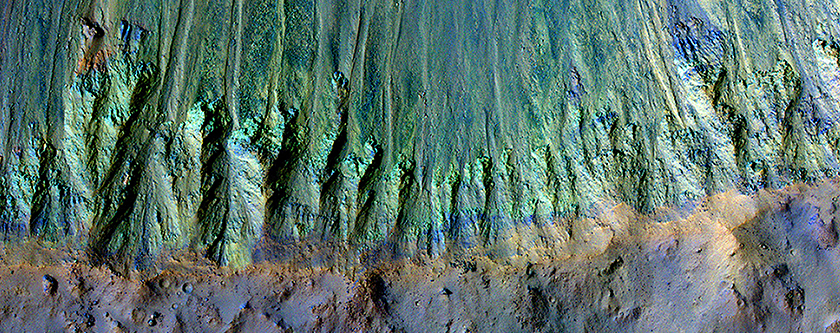 According to a poll dubbed Mars Generation, Approximately 71% of Americans are excited for and anticipate a manned mission to Mars in the next 20 years, with more than half of American's feeling NASA should "play a strong role" in assisting a commercial company, or head up a mission themselves.
According to a poll dubbed Mars Generation, Approximately 71% of Americans are excited for and anticipate a manned mission to Mars in the next 20 years, with more than half of American's feeling NASA should "play a strong role" in assisting a commercial company, or head up a mission themselves.In the same poll, conducted by Phillips & Company and sponsored by The Boeing Corporation and Explore Mars, a majority of respondents incorrectly answered that they felt NASA's budget represented 2.5% of the federal budget (~$88.5 Billion). When presented with the reality that NASA's Fiscal Year 2013 budget sits at about .5% ($17.7 Billion) of the federal budget, 75% of those polled felt the Agency's funding should be doubled to 1% ($35.4 Billion) of the federal budget, with the express purpose of funding a manned mission to Mars.
Chris Carberry, Executive Director of Explore Mars, the non-profit that sponsored the Mars Generation poll proclaimed, “Despite difficult economic times, the American people are still inspired by space exploration and are committed to human exploration of Mars. This is a wake up call to our leaders that Americans are still explorers.” The poll showed this adventurous spirit is exemplified in the top three reasons Americans support a manned mission to Mars: to support a greater understanding of the planet, to search for signs of life on Mars, and to maintain American leadership in space. 73% feel a major hurdle to a manned mission to mars is affordability and 67% feel politics will be a large impediment to success.
An executive committee member of The Mars Initiative, a non-profit 501(c)(3) organization unaffiliated with this study, interpreted these results as a sign of the American people's continued fascination with space: "Americans want space exploration to be more of a national priority. This poll should serve as a message for America's leaders that their citizens want to see more of a commitment to the space industry, not less." A full report on the poll's findings will be released on 4 March 2013.
One easy way you are guaranteed to support the first manned mission to Mars is by joining The Mars Initiative, so I encourage you to take a look!




.png)


